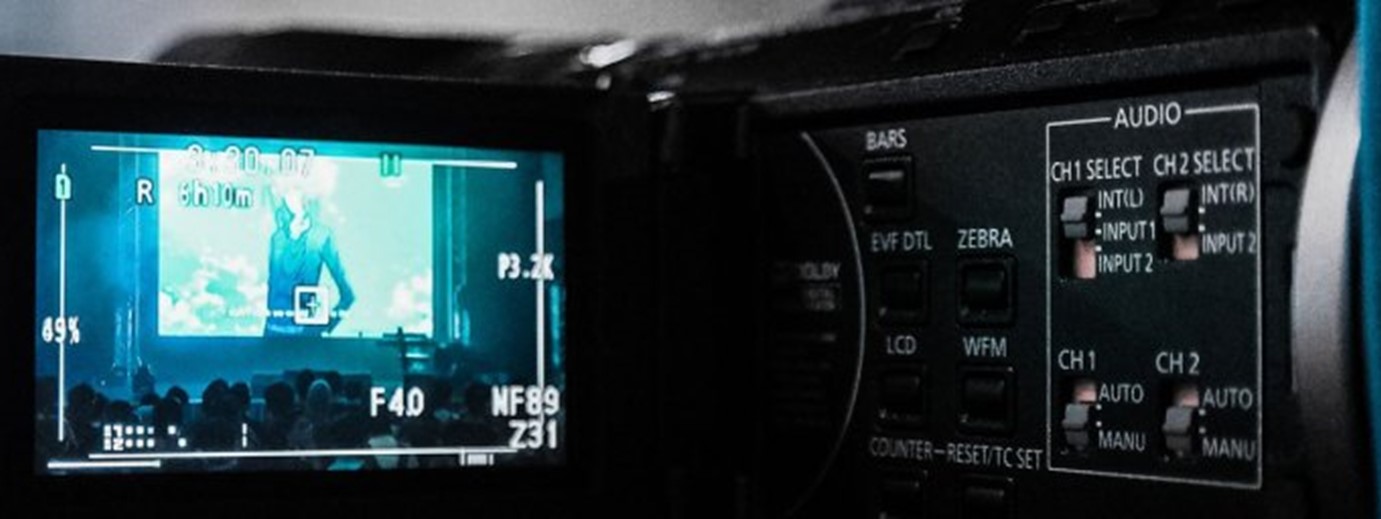The meteoric rise of USB media streaming devices is the latest in a stream of landscape-changing technologies taking the Internet-of-Things market by storm. As with many other newly released technologies, most consumers are less interested in how streaming devices work and more concerned with finding the next binge-worthy show on Netflix; however, techies and enthusiasts alike cannot ignore the constant mentions of transcoding and its importance in allowing consumers to take advantage of streamed content. Look no further; this blog will demystify the wonders of transcoding before you can sprint to order your next FireStick.
Understanding Transcoding
In layman’s terms, transcoding is the process of decompressing encoded content, such as audio or video files and altering the structure of these files so they can be recompressed into a format more efficient for the desired mode of transport. A simple example would be converting .m4a files to iTunes recognizable MP3 format in order to sync your music library to your mobile device.
- Trans-sizing is the process of resizing a video from one frame size to another. Similar to changing the screen resolution on your desktop at work, the most readily recognizable use of trans-sizing is the “this movie has been formatted to fit your TV” flag that appears before movies are aired.
- Finally, Trans-rating refers to adjusting video file bit rates. This process allows users to compress large HD or high-resolution video files so they can be displayed and/or stored on media devices with minimal storage space.
In any given conversation concerning streaming devices, transcoding is more than likely being used interchangeably to depict any one of the three processes described above. This process is absolutely necessary for the efficient delivery of streamed video content. There are a number of Transcoding software programs floating around the internet, many of which are open-source/free. The best way to get an idea of how transcoding works is to fire up one of these programs and try to transcode a video file you have laying around. Be advised, transcoding is not a quick process, and will probably be a taxing process if you do not own a powerful computer.
Why Transcoding is Essential in Streaming?
- Simply put, streaming is amazing, and without the transcoding process, streaming would either not work or have a vicious load time and data consumption rate. Transcoding allows content providers to seamlessly stream audio and video content in one format, like high-definition 1080p, and deliver it to viewers worldwide over the internet. Of course, not all of these viewers are going to have the network speeds/data availability to stream the providers’ content in such high quality, but they still want to view the content. Transcoding allows the content providers’ to simultaneously stream the same video content at different frames and bit rate sizes, so the end-user can view the content in any format, at any quality level, without altering the integrity of the video itself.
- Without Transcoding, the options for streaming content over the internet are miserably limited. The provider can either stream a high-quality video at the price of only being able to deliver to a fraction of the viewers, sacrifice quality in hopes of being more inclusive to viewers with slower network connections, or foot the bill and pay to stream several aligned streams at different resolutions and bit rates, risking the extremely likely implosion of your hardware setup.
In short, Transcoding is more efficient than any other option in every sense of the word and is truly the energizing factor behind the constantly growing media streaming market. Transcoding is critical for streaming because it streamlines the process for the content providers and end-user alike. Transcoding takes what would be an extremely expensive conversion process and minimizes the otherwise considerable computational overhead of converting large video files to multiple quality and bit rates.
The criticality of transcoding may never be the most-searched Google topic, but the process will no longer be a mystery to those operating as beneficiaries of this integral process. As technology continues to move towards virtually hosted content, the importance of transcoding and streaming content will only continue to grow more prevalent, understanding the process is certainly a step towards the future of visual media.
Also Read: Benefits of Audio Streaming Over Video Streaming



